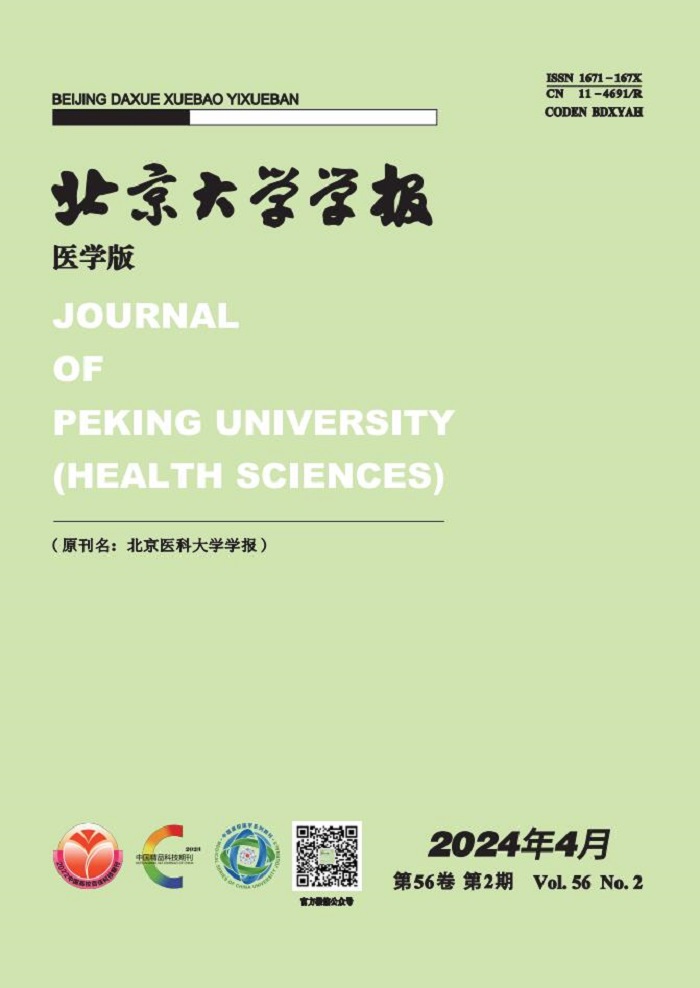SUMMARY Fabrication of conventional complete dentures involves a complex restoration method, requiring significant time and typically involving primary impressions, definitive impressions, jaw relation records, clinic try-in, and complete denture placement, which has been used for nearly a century without change. A novel digital system named Functionally Suitable Denture (FSD) was researched and deve-loped so as to reduce clinical steps, operation difficulties and errors of complete denture restoration. It pioneered a unique diagnostic complete denture aided by computer aided design (CAD) & 3D printing, by which, the functional impression, jaw relation, and try-in (3 steps) were simplified to 1 step, thus the number of visits to the dentist was reduced by 2 times. Moreover, for the first time, it put forward a CAD software of template matching based on the expert design, which was an efficient and intelligent design scheme, and the excellent denture experts' experience and skills could be inherited and iterated. The system included the 3D scanner with appropriate accuracy and high efficiency, the CAD software, the special 3D printer and process software, and the innovative clinical operation process. The Patent Cooperation Treaty (PCT) patent international search report showed that all the 15 claims of the technology were of novelty, creativity and industrial utility. All the digital products were independently developed and made by Peking University School and Hospital of Stomatology, China. The design and manufacture process of denture prosthesis was fast, simple and accurate. At the same time, personalized functional and aesthetic matching of the patients after wearing prosthesis was realized. It effectively solved the global problems of "slow, difficult and inaccurate" of the traditional manual technology of complete denture, and brought good news to edentulous patients. Compared with the traditional complete denture treatment, FSD system has a wide range of applications for different types of edentulous patients, including those with severe resorption of the alveolar ridge or a high occlusal force. Furthermore, the low-cost of 3D printers, compared with expensive milling machines, may make the approach more accessible. This review describes that our research is related to the development of the FSD system, including multi-source data acquisition technology, three generations of complete denture design software, 3D printing systems of individual tray and complete denture pattern, the clinical and laboratory operation process of the FSD system.




